Sigma factory tour
 |
Back in July of this year, we were in Japan for the launch of three new Sigma lenses, and the smallest full-frame camera we’ve yet seen, the Sigma fp. After all of the hustle and bustle of the product releases, we were granted an opportunity to tour Sigma’s factory in Aizu, a couple of hours and a couple of trains away from Tokyo.
Sigma is unique in the digital photography industry in that it’s still a family-owned business, and it controls most of its production line from start to finish, in one location, for both cameras and lenses. In fact, many workers at the Sigma facilities are 2nd-or-3rd generation employees, and the jobs that Sigma maintains in the Aizu region help sustain the surrounding communities.
Since the last time we visited back in 2015, Sigma has made some additions to its factory space. Let’s take a closer look at how Sigma’s lenses – and cameras – are made.
A history
 |
Sigma was founded in 1961 by Michihiro Yamaki, and has been manufacturing in Aizu since the 1970s. The company is proud of both its history, and of its founder. That’s Mr Yamaki in the photograph behind the product display table in this image – in his white suit, dancing on his wedding night.
Michihiro’s son, Kazuto Yamaki, took over the company after his father passed away in 2012.
Magnesium work
 |
Even before Sigma had decided to build the fp in-house, it purchased machines to finish the magnesium alloy components for its lenses and cameras. Previously, this was done by outside suppliers, but with ever tighter requirements for tolerances, Sigma decided it was best to do the finishing in-house, where it could take greater control.
In this image, an employee monitors a machine which is busy milling a portion of a Sigma fp’s body shell.
Magnesium Cutouts
 |
Here’s a section of the fp’s magnesium alloy chassis, before finishing (left) and after (right).
Magnesium, continued
 |
But, as noted earlier, it’s not just the new fp camera that Sigma is working on using its new magnesium alloy processing machines – on the right is a ‘blank’ – the basic shape of what will become a tripod ring for a lens. This is what Sigma receives from its external supplier, and on the left is what it looks like after additional precision machining using Sigma’s own equipment.
Other magnesium alloy parts
 |
These metal pieces are destined to be included in one of Sigma’s many lenses, and are likewise precision-machined using the company’s new magnesium-processing machines.
Stock on-hand
 |
Sigma’s entire supply line is domestic – in other words, everything that ends up inside a Sigma camera or lens comes from a supplier within Japan. In this stock room you can see various crates full of parts, including (in the foreground) mount assemblies for the new fp camera, ready to be attached to the camera bodies.
Sigma fp
 |
Here, you can see the Sigma fp camera body begin to take shape, with near-final versions of the uncoated magnesium alloy front-panels awaiting the next step in the process.
Sigma fp
 |
While the Sigma fp was still far from production when we visited Aizu earlier this year, we got a chance to see early models being assembled, and in this case, painted.
Sigma fp
 |
The forthcoming fp is marketed by Sigma as ‘pocketable full frame,’ and here a Sigma representative holds a painted fp body and accompanying flash bracket, to demonstrate its small size.
Inside the fp
 |
Sigma doesn’t manufacture absolutely everything in their factory in Aizu. Here’s a full-frame sensor that will eventually end up inside an fp, along with the rest of the necessary circuitry and control boards (below).
 |
Unlike previous Sigma cameras, the sensor in the fp will use a conventional Bayer-pattern design, with a Foveon L-mount camera promised at a later date.
Quality control
 |
Of course, Sigma doesn’t just manufacture the fp. We also got to observe the manufacturing lines for the company’s wide range of lenses. Here, workers do final quality control inspections on lenses before they’re boxed up and ready for shipment.
The L mount
 |
But this is where every lens starts – with the mount. This is the mount of an L lens – one of many that the company has committed to make following its entry into the L-mount Alliance with Leica and Panasonic, announced at Photokina last year. This mount is made of brass, which has the advantage of being easy to machine, but tough and corrosion resistant. Before being integrated into a lens, this mount will be plated with chromium.
Chrome plating
 |
And here’s what that looks like. Many of the components inside Sigma’s products are chrome plated, and while this is conventionally a highly toxic procedure, Sigma uses a trivalent chromium plating process which. This is more complicated in some respects, but is less energy intensive, less polluting and intrinsically less toxic than traditional hexavalent coating.
Lens construction
 |
Here, a Sigma representative shows off the single biggest piece of metal the company manufactures in-house – appropriately enough, it belongs to the ‘Bigma.’
But sometimes it’s not the big parts that matter most
 |
Sigma buys off-the-shelf parts when necessary and convenient, but often, the company prefers to build its own components because it streamlines the production process. These components even include the tiny metal nuts and bolts shown in the image above.
Dies
 |
Sigma also produces the plastic components for its lenses in-house. The company even makes its own molds and dies. Much of this work is still done by hand, as seen above.
What do you mean, plastic?
 |
This isn’t just any old plastic – it’s a special blend (Sigma calls it ‘Thermally Stable Composite’) formulated for both toughness and thermal stability. According to Sigma, it can be machined to tolerances of within +/- 1 micron.
Here, a laser confirms that the robot arm is indeed holding a fresh plastic component before it deposits it into an adjacent bin.
Lasers
 |
A lot of the text on Sigma lenses is printed onto the barrels, but some is laser engraved, like this aperture scale.
Glass grinding and polishing
 |
Much of the glass processing that goes on in Aizu is automated. Here, glass elements are being ground by machines before polishing, coating and final assembly.
Lots of glass
 |
Here, glass elements await their turn in the vacuum evaporation machines in which the coating process takes place. The coating machines (not pictured) are huge, and among the most costly in the entire facility.
The coatings inside modern optics play a huge part in image quality, but if you’re curious about what lenses used to look like in the good old days, Sigma now has a ‘Classic’ lineup of cine primes that you might be interested in.
Quality assurance
 |
Here, an employee inspects finished elements before they’re installed into a lens and shipped to customers.
Last, but not least
 |
These are the engineers chiefly responsible for the planning, design and creation of Sigma’s fp full-frame mirrorless camera. Click here for an interview with them, courtesy of a friend of DPR, Johnnie Behiri at Cinema5D.
Did you enjoy this article? Take a look at our other factory tours
Articles: Digital Photography Review (dpreview.com)
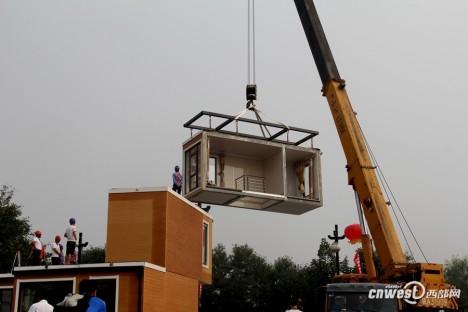
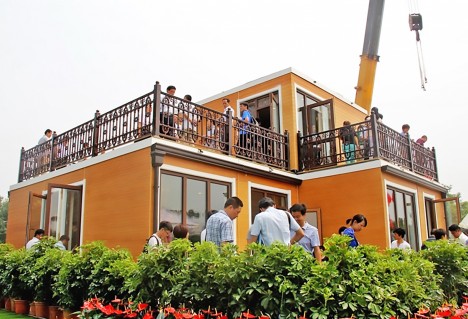


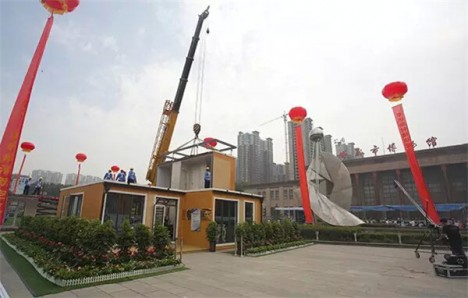
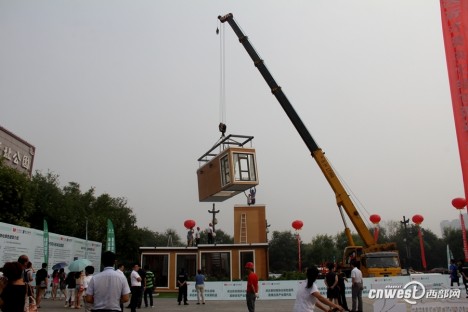
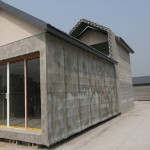
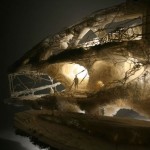
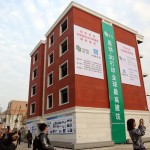





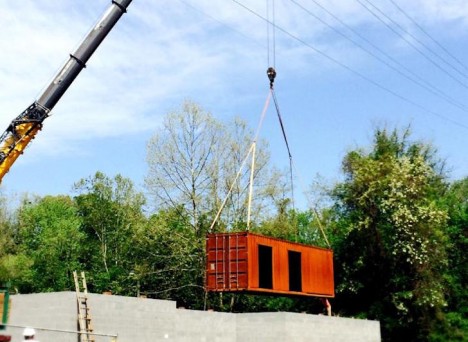
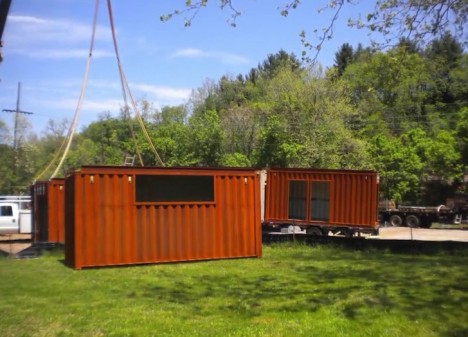
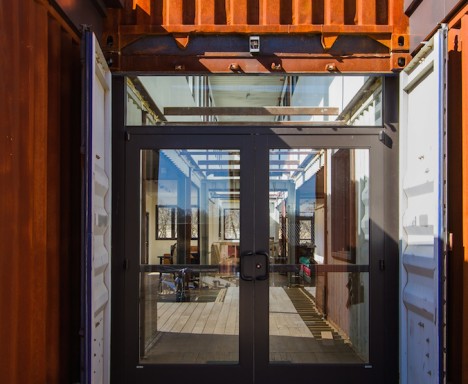

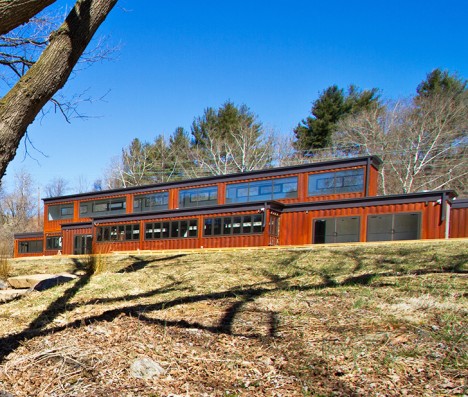

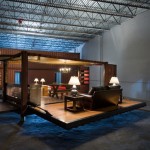
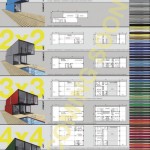


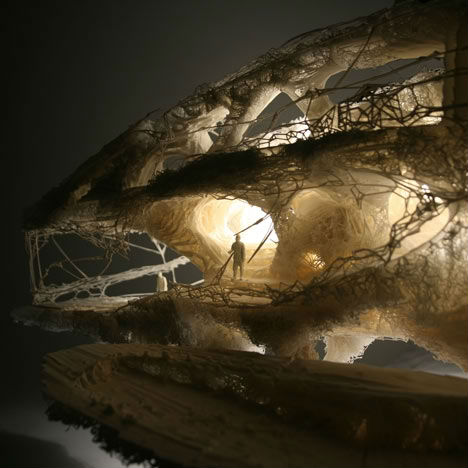
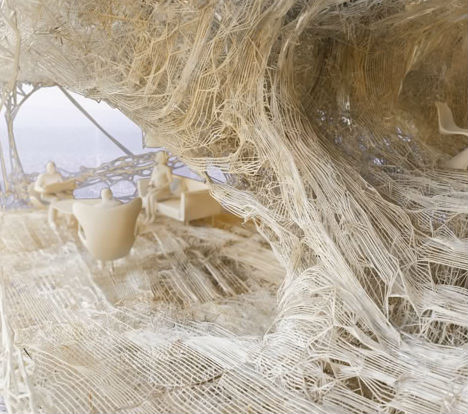



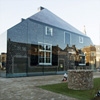
You must be logged in to post a comment.